Paris MoU – Capesize PSC Analytics (2015-2019)
Capesize are large-sized bulk carriers typically above 150,000 deadweight tonnage (DWT). The name is due to reason that such ships can not pass the Panama canal and the way from Atlantic to Indian & Pacific is conducted via the Cape of Good Hope. Capesize ships are commonly used in transportation of coal, iron ore and commodity raw materials.
Inspections data – Capesize (2015-2019)

Age group analytics

Age group share in PSC results
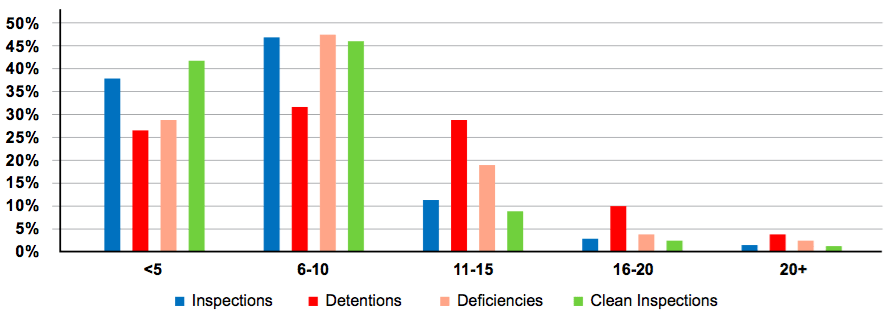
Deficiencies per inspection (DPI)
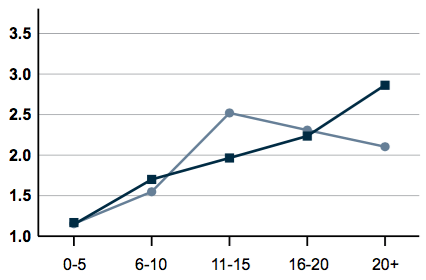
Detention rate (DER)
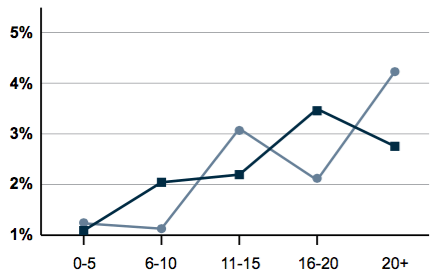
Common Capesize Ports Detention performance
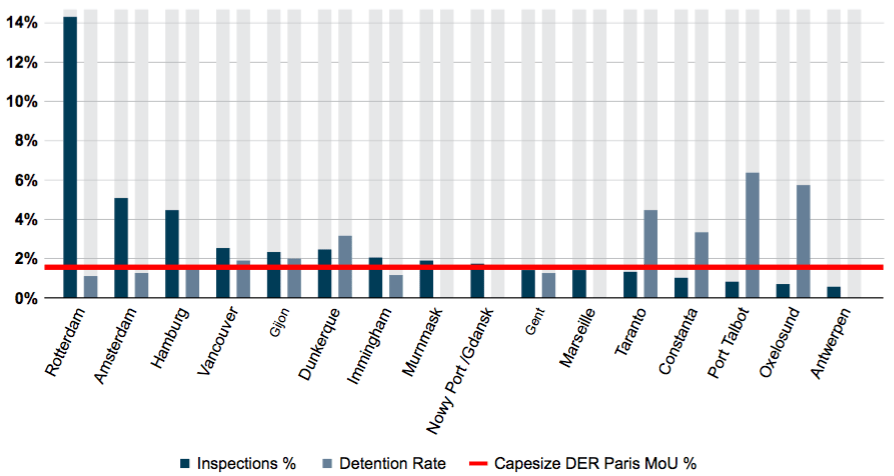
Top 10 PSC Detainable Deficiency areas
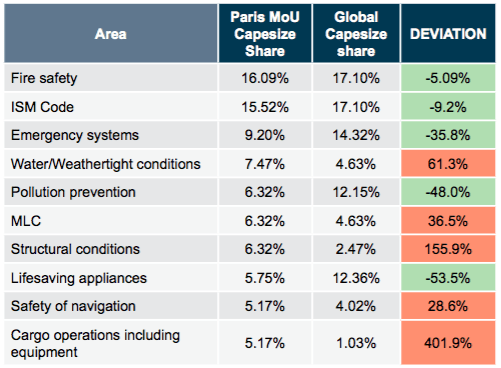
Most Common Detainable Deficiencies for Capesize Bulk carriers
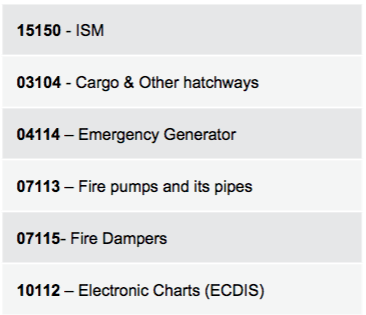
Summary overview
- More than 50% of inspections end without deficiencies
- Capesize Ships more than 10 years old show a problematic PSC performance in Paris MoU
- Operators avoid sending ships aged above 20 years to Paris MoU
- Most Main Ports (Rotterdam, Amsterdam, Nowy Port, Marshaille etc) show low or zero Detention Rate
- Fire Safety and ISM are the most common detainable areas for Capesize ships in Paris MoU Region
- The most common finding during detentions is the ISM code conformance
About RISK4SEA
RISK4SEA is an online platform to provide PSC performance transparency to the market by analysing PSC Data. The platform is providing KPI, Demographics, Detentions Analytics, reports, Benchmarks and Insights for 23 ship type groups in an advanced analysis of the last 5 years aiming to assist stakeholders to PREPARE for forthcoming PSC inspections, ANALYSE PSC performance to identify strengths & weaknesses and BENCHMARK fleets against competition and the industry. Learn more at www.risk4sea.com
